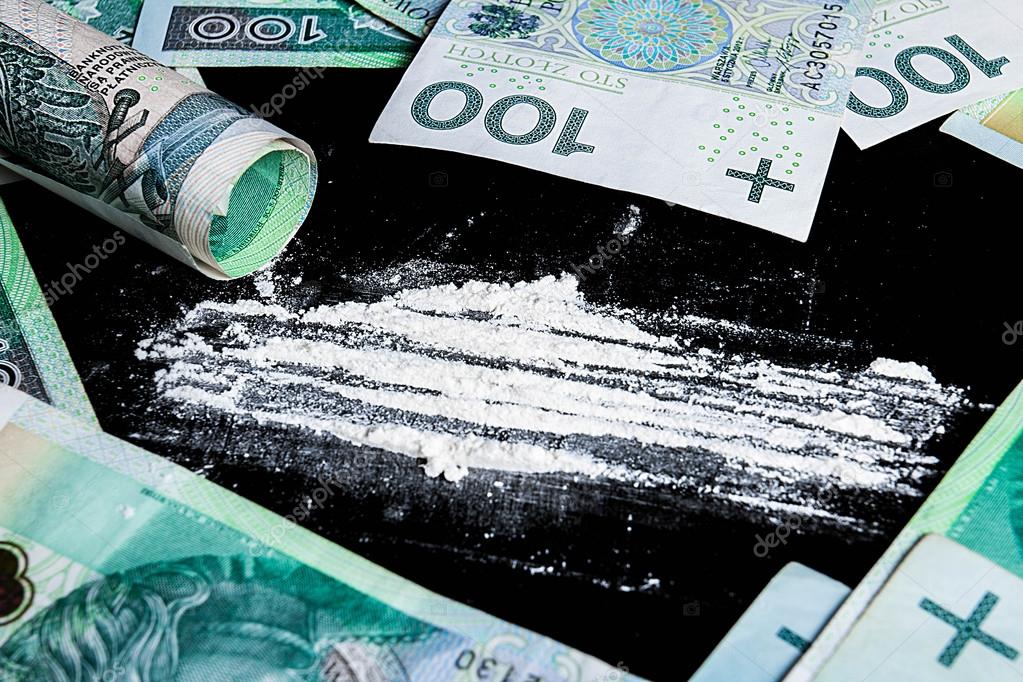Street Drug Prices: What Addicts Really Pay
A comprehensive new study examining the long-term financial toll of substance abuse has revealed that heroin, oxycodone, and cocaine are among the priciest addictions one can develop. According to findings reported by CNBC, these three drugs can cost individuals over a million dollars across a span of 50 years—an astonishing figure that underscores the devastating economic impact of chronic drug use.





